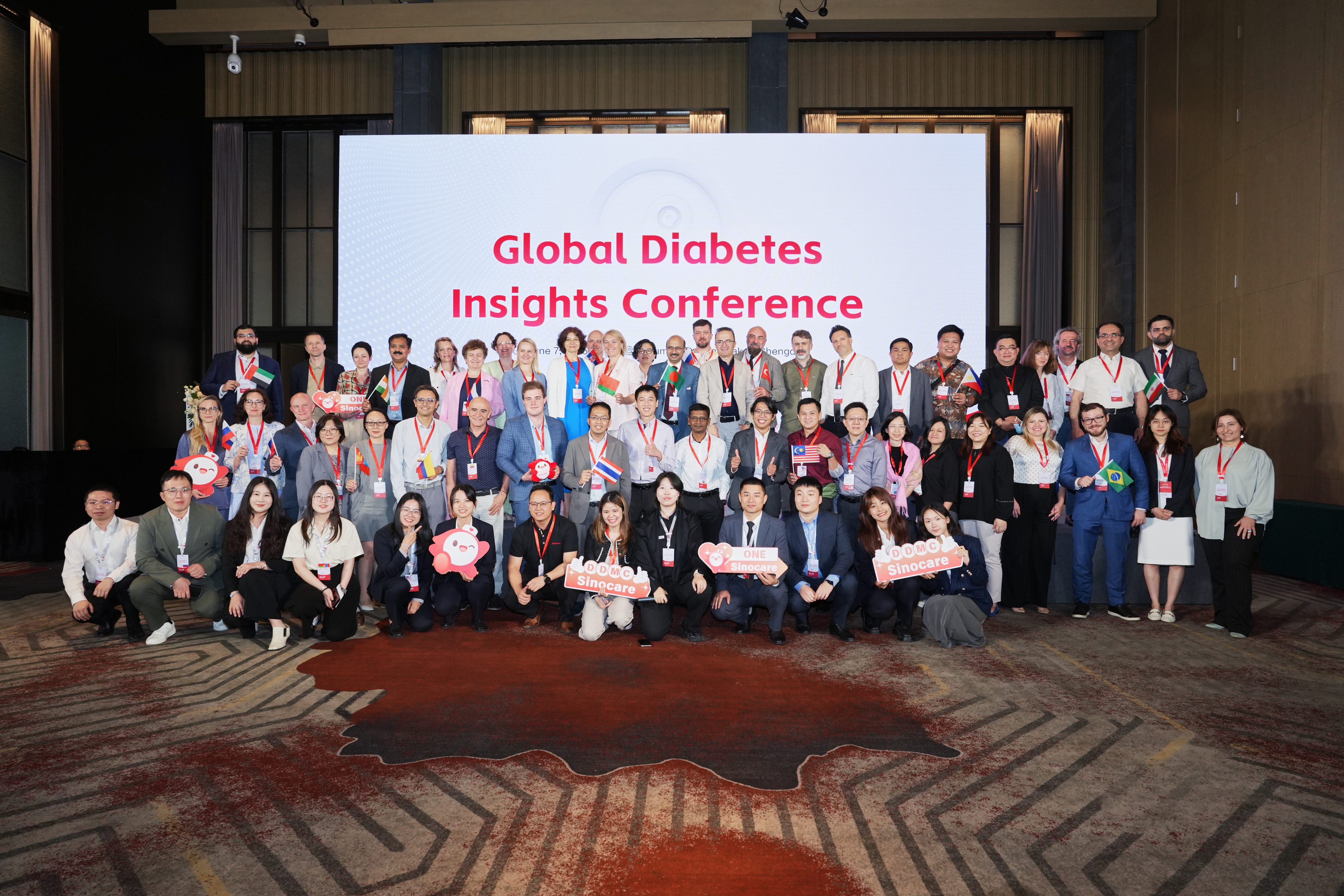Leading Global Endocrinologists Gather in China to Explore the Future of Digital Diabetes Management
Recently, the Global Diabetes Insights Conference, a parallel session of the China Digital Diabetes Management Conference (DDMC), was held in Chengdu. More than 60 leading endocrinologists and government officials from 15 countries convened to discuss the integration of digital technologies with diabetes management. Following the conference, the international delegation was invited to visit the headquarters of Sinocare Inc. (hereinafter referred to as Sinocare) and the Second Xiangya Hospital of Central South University (hereinafter referred to as Second Xiangya Hospital) in Changsha to gain firsthand insights into China’s innovative achievements and clinical practices in diabetes prevention and control.
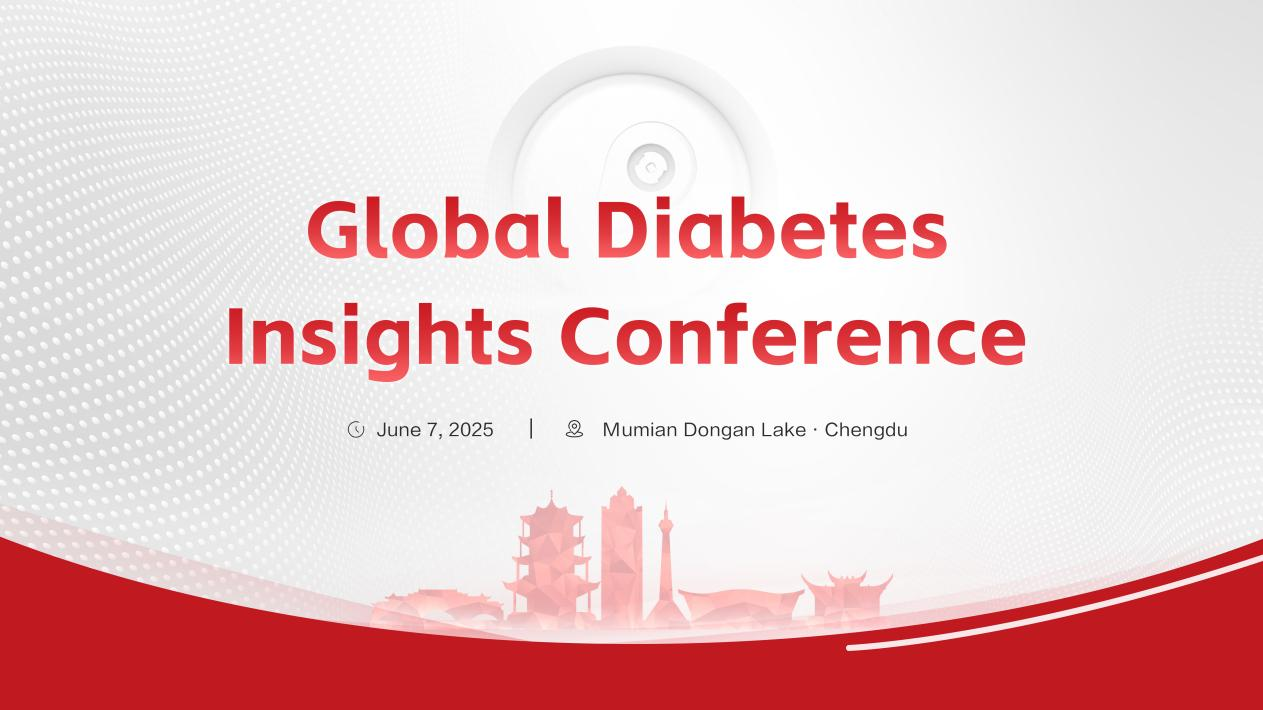
DDMC Parallel Session: Global Collaboration for Smarter Diabetes Care
On June 7, the international expert delegation attended the main DDMC sessions (broadcast live) and held a dedicated workshop in the afternoon. Professor Juliana Chan from The Chinese University of Hong Kong chaired the session and remarked, “Advanced technologies are empowering chronic disease patients to achieve more efficient health management.”
Professor Wang Yufei from Shanghai Sixth People’s Hospital presented how Continuous Glucose Monitoring (CGM) technology utilizes real-time data to optimize glucose control, highlighting that “Time in Range (TIR)” has become a key indicator for preventing complications.
In the subsequent parallel session, experts engaged in in-depth discussions on CGM technology. The meeting featured four thematic panels covering the fundamentals and clinical applications of CGM, the latest research progress, performance validation of next-generation monitoring systems, and innovative management models integrating multiple technologies. Clinical data show that real-time CGM significantly improves patients’ glucose control rates while reducing the risk of hypoglycemia. Notably, in inpatient settings, the integration of traditional glucose monitoring, insulin pumps, and other technologies has formed a uniquely Chinese intelligent glucose management solution.
A clinical trial conducted by the Peking University Diabetes Center demonstrated that the new-generation monitoring systems excel in accuracy and comfort. The innovative hospital-wide glucose management model presented by the Second Xiangya Hospital showcased a closed-loop system from monitoring to intervention, offering valuable insights for international experts. Many attendees agreed that this integrated approach is especially suited for regions with uneven healthcare resources.
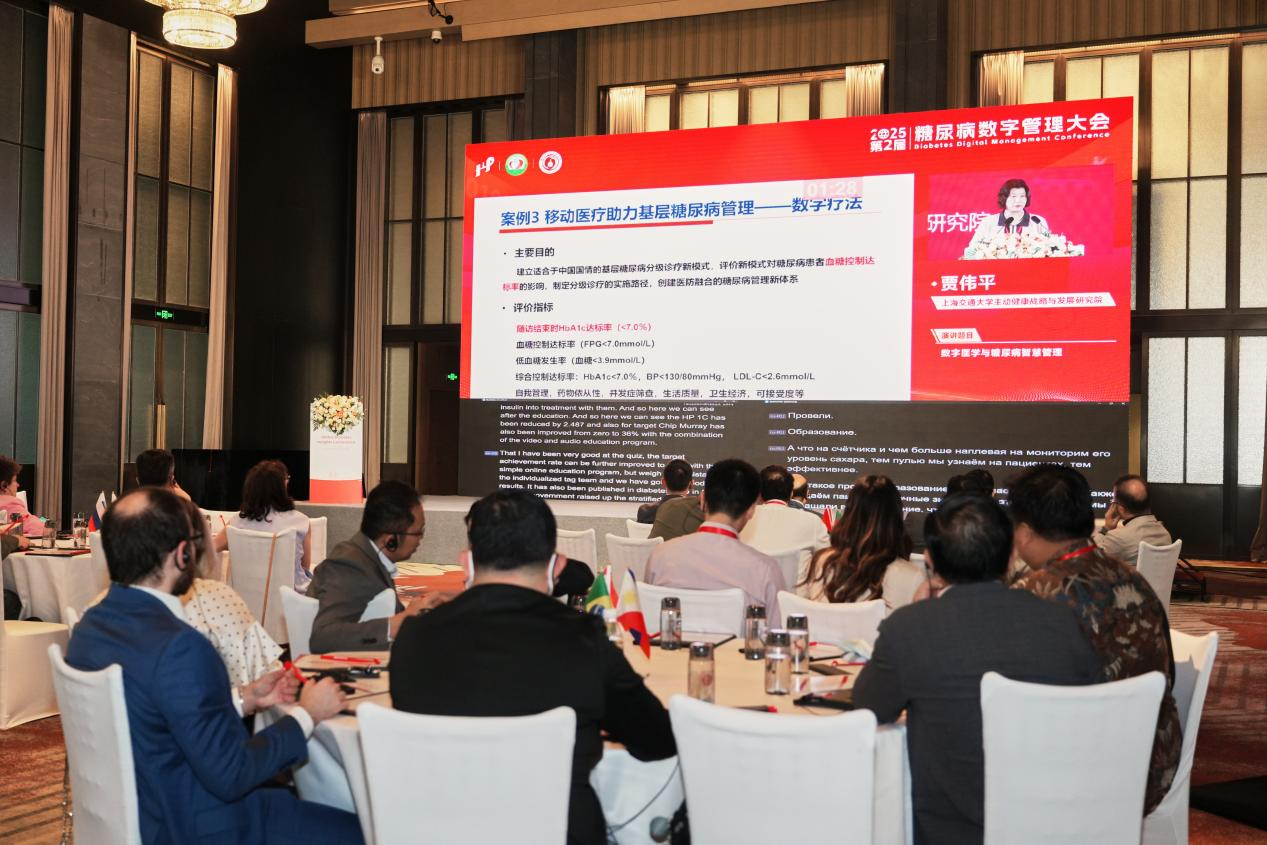
Visit to Sinocare: Witnessing Technological Strength of a National Brand
On June 10, the delegation visited Sinocare’s headquarters in Changsha to explore China’s advancements in diabetes monitoring technologies. The visit provided a comprehensive overview of Sinocare’s R&D capabilities and industrial achievements in blood glucose monitoring.
During the exchange session, Chairman Li Shaobo, Vice Chairman Li Xinyi, and other senior executives had in-depth discussions with the international experts, sharing Sinocare’s journey from its origins in fingertip glucose meters to its current development of CGM solutions, while also exploring global trends in diabetes management.
The delegation then toured Sinocare’s diabetes specialty clinic to experience the efficient services of the “Sinocare Minute Clinic”. At the corporate showroom, they learned about Sinocare’s global footprint through interactive exhibits. In the production area, they observed the automated production lines for glucose meters and test strips. The CGM production facility at the Qingshan park particularly drew the experts’ interest, who inquired in detail about the performance and technical features of Sinocare’s self-developed CGM products.
Throughout the visit, many experts praised Sinocare’s R&D strength and manufacturing scale. A Russian expert noted, “Sinocare’s products not only ensure precision but are also more cost-effective, which is crucial for improving diabetes care in developing countries.” A Malaysian delegation member was impressed by Sinocare’s smart healthcare solutions and believed this model could be successfully adapted in their home country.
This visit deepened the experts’ understanding of China’s progress in diabetes management technologies and laid a solid foundation for future international collaboration. Sinocare will continue to advance technological innovation to deliver higher-quality products and services to people with diabetes and other chronic diseases worldwide.
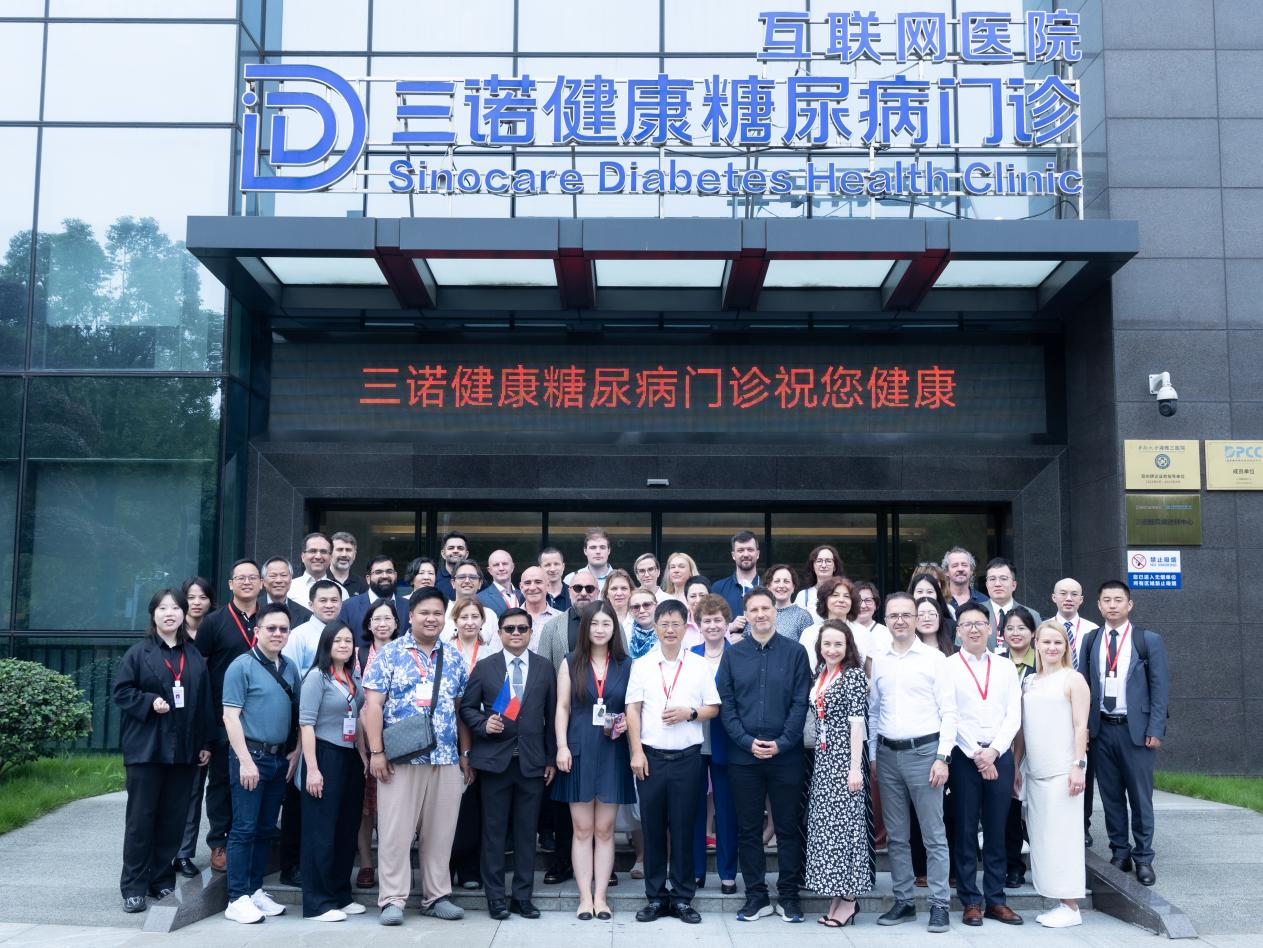
Exchange at the Second Xiangya Hospital: The “Xiangya Model” for Metabolic Disease Management
On June 11, the delegation visited the National Clinical Research Center for Metabolic Diseases at the Second Xiangya Hospital of Central South University. “We have traveled across mountains and seas, eager to learn from China’s experience to tackle our own endocrine care challenges,” said the delegation during the roundtable chaired by Head Nurse Xu Rongke.
Wang Jingman, International Marketing Manager at Sinocare, outlined the delegation’s goals to learn from China’s standardized clinical diabetes management practices. Director Li Xia welcomed the delegation and introduced the center’s features entirely in English, showcasing its integrated “Industry-Academia-Research-Healthcare” innovation model and multidisciplinary collaborative care system. Associate Chief Physician Xie Yuting detailed the TELSA education system and the national CAT1D alliance for type 1 diabetes. Head Nurse Xu Rongke demonstrated the effectiveness of the hospital-wide intelligent glucose management system—achieving comprehensive glucose control for non-endocrinology patients through real-time alerts and multi-department collaboration.
The delegation visited the metabolic and endocrinology wards and specialty clinics. In the third inpatient area, they observed the real-time integration of Sinocare’s smart glucose meters with the HIS system: scanning, blood sampling, data synchronization, alert generation, and follow-up. One expert commented, “This closed-loop management model is an efficient blueprint for resource-limited regions.”
They also explored the hospital’s distinctive services, including the international precision diabetes clinic, the multidisciplinary type 1 diabetes clinic, China’s first type 1 diabetes prevention clinic, the obesity management clinic, the hospital-wide glucose management center, and the National Diabetes Prevention and Control Center (DPCC), all of which attracted significant interest.
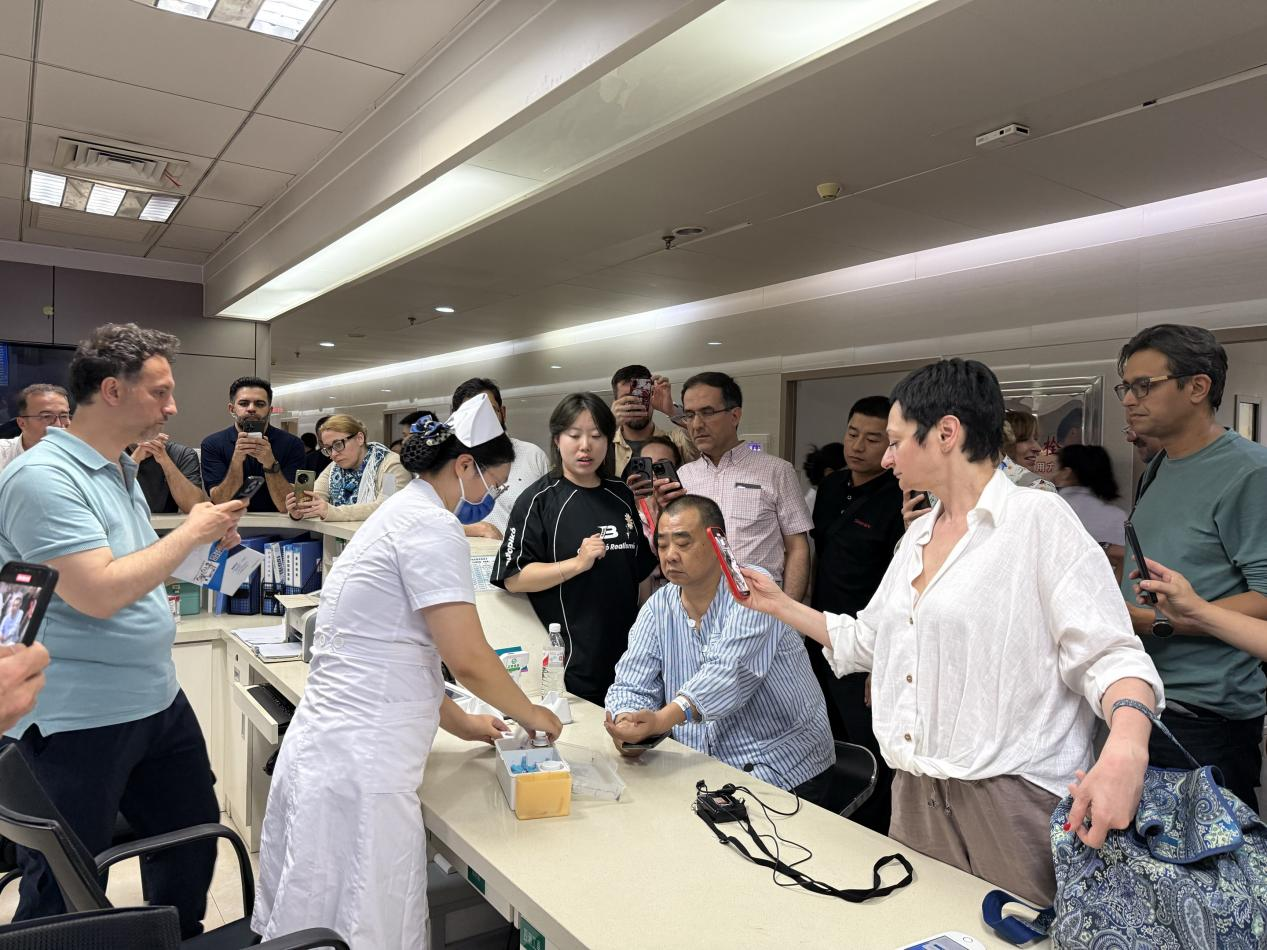
A Shared Vision: Bringing Chinese Innovations to the World
Starting with DDMC and continuing through the in-depth visit to Sinocare and the Second Xiangya Hospital, this journey offered a comprehensive look at China’s innovative achievements and practical experience in digital diabetes management. Top experts from 15 countries not only witnessed the technological strength of “Made in China” but also gained deeper insights into the clinical value of “Chinese Solutions.”
At a time when global diabetes prevention and control face new challenges, this exchange built an open, collaborative international platform that highlights China’s breakthroughs in metabolic disease management and provides practical models for other countries. Moving forward, with ongoing technological innovation and strengthened international cooperation, Chinese wisdom will inject new vitality into global diabetes care, benefiting more patients with precise and accessible digital health management services.
This was more than just an academic exchange—it was a meaningful step toward advancing global health together. It marks China’s progress from being a follower to running alongside global leaders, and now steadily moving towards becoming a front-runner in diabetes management.
